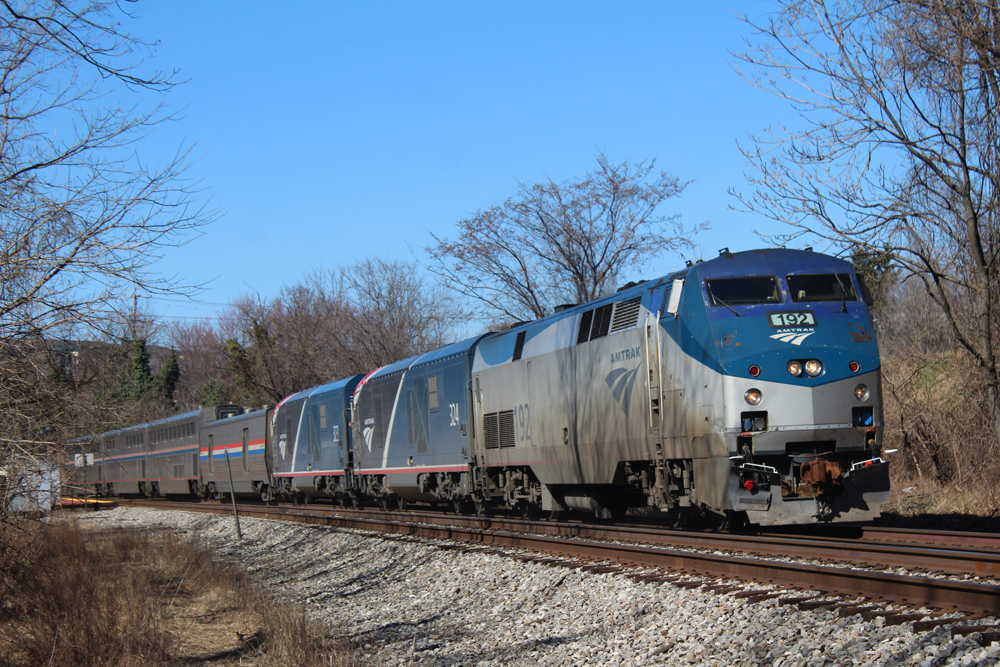
WASHINGTON — For passengers on long-distance trains, compared to those on the Northeast Corridor, Amtrak is falling short of its pledge to “restore our business to pre-pandemic levels,” as voiced by Vice President Dennis Newman at a public Board of Directors meeting in St. Louis last December.
Demand for long-distance travel was the strongest among the company’s product lines as travel resumed following the pandemic, but capacity issues meant those trains could not fully meet demand [see “Analysis: coach sellouts hinder …,” Trains News Wire, Jan. 4, 2021]. And the company did not sufficiently reverse the long-distance shortfall as it bulked up departures elsewhere.
Now, a Trains News Wire analysis of revenue and ridership trends shows that Northeast Corridor and state-funded routes have begun to show larger gains than the capacity-constrained long-distance network.
The long-distance capacity issues have their roots in the reduction of service from daily to three or five times per week (along with the suspension of the Silver Meteor for eight months in 2022). This permitted Amtrak to store much of the equipment and decrease the workforce necessary to run daily schedules. Though frequencies have been restored, management has not prioritized returning enough sidelined Superliners, Viewliners, and Amfleet II coaches to active duty. (Amtrak has regularly cited an ongoing shortage of maintenance personnel for the large number of cars still out of service)
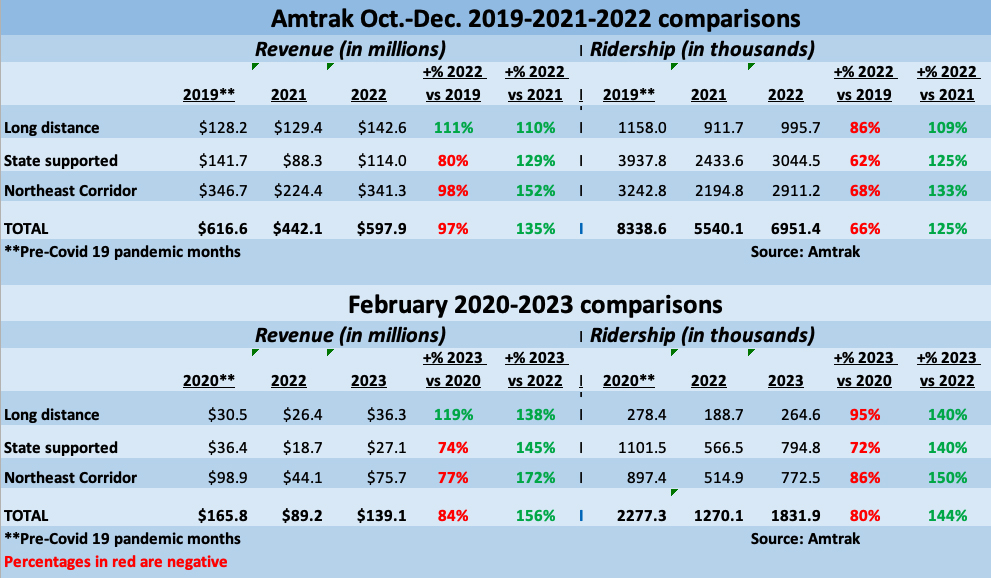
Even with reduced consists when frequencies were restored, long distance trains were able to retain a greater portion of their ridership and actually exceed the previous period’s revenue than either the Northeast Corridor or state-supported categories.
But the numbers show those two services, without the same sort of caps on capacity, have been increasingly able to take advantage of a growth in demand between 2021 and 2022.
The diminished long-distance fleet has led to numerous sellouts, high fares for the limited available space [see “Amtrak long-distance capacity to remain tight …,” News Wire, ” Nov. 16, 2022], and a litany of mechanical breakdowns or outright cancellations when freight congestion or weather disruptions occur [see “Amtrak Chicago departure delays mount,” News Wire, Feb. 4, 2023].
Coach seats on the Chicago-Washington Capitol Limited, the only daily train between the two cities, are sold out in both directions from April 1 through April 11, because the train carries only it two Superliner coaches. Similar situations continue to periodically thwart patronage on the Texas Eagle, California Zephyr, Southwest Chief, and Empire Builder.
The table shows management has to date succeeded in extracting more revenue from passengers in all categories, evidenced by the fact that revenue gains are outpacing ridership increases. Nevertheless, both state-supported and Northeast Corridor business segments can attract more people with cheaper pricing. The company recently introduced sharply reduced late-night and early-morning “Night Owl” fares on the Corridor, a route that offers both frequency and plenty of seats [see “Amtrak launches ultra-low fare promotion …,” News Wire, March 17, 2023]
It makes sense to raise fares if capacity is limited when demand is high, since fewer passengers who want to travel can be accommodated. The expense of maintaining more equipment isn’t incurred, although the opportunity cost of lost revenue is never realized and idle sleeping car and coach assets can’t generate revenue at any price.
Funding debate
However, providing national mobility is a key component of Amtrak’s mission. This is what Congress had in mind when it developed funding authorizations — spending limits, not appropriations — for the 2024 fiscal year that begins Oct. 1.
“Our trains deliver travelers from city centers to small towns and everywhere in between — often serving as the only regular alternative to traveling by private car in various intercity markets and in rural areas across the country,” CEO Stephen Gardner argues in his $3.65 billion appropriation pitch [see “Amtrak releases annual funding request …,” News Wire, March 23, 2023].

The document contends that a higher percentage of those funds than Congress had intended should be transferred to the Northeast Corridor from the National Network, because the shift from business to leisure travel has reduced the ability of the premium-priced Acela category to contribute as much revenue as it did before the COVID-19 pandemic. With new trainsets coming, management is seeking to replace the missing money from federal coffers.
On the other hand, the immediate restoration of long-distance capacity to pre-pandemic levels is not specifically addressed in any line-item entries. Comparative revenue and ridership results confirm the need for more National Network investment to capture demand, not less.






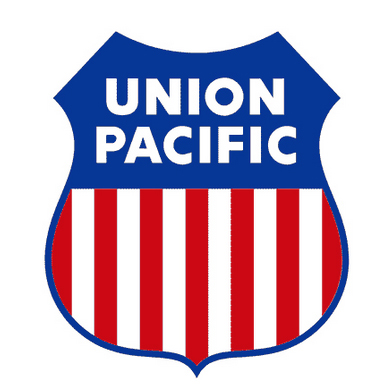
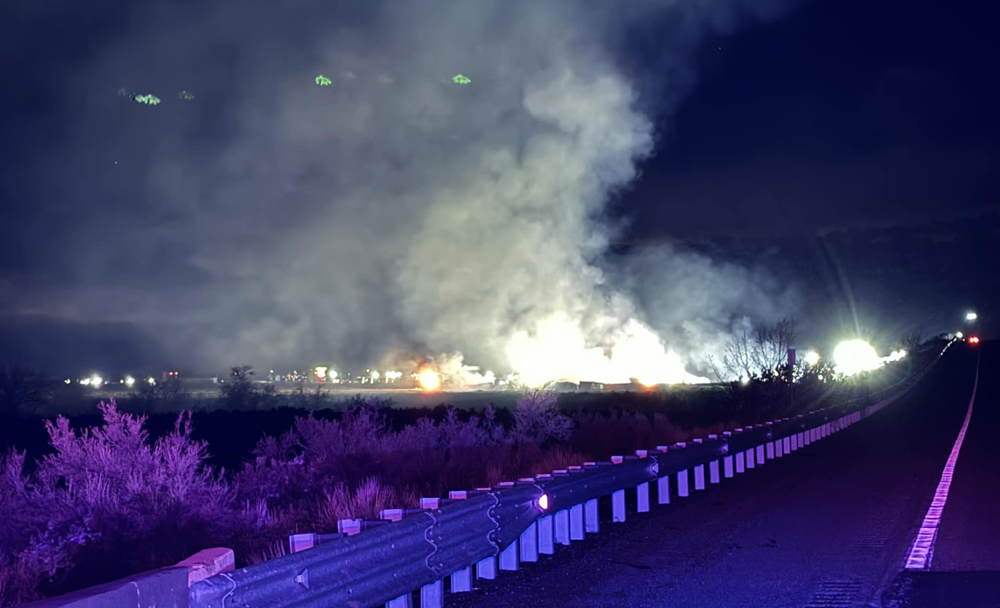
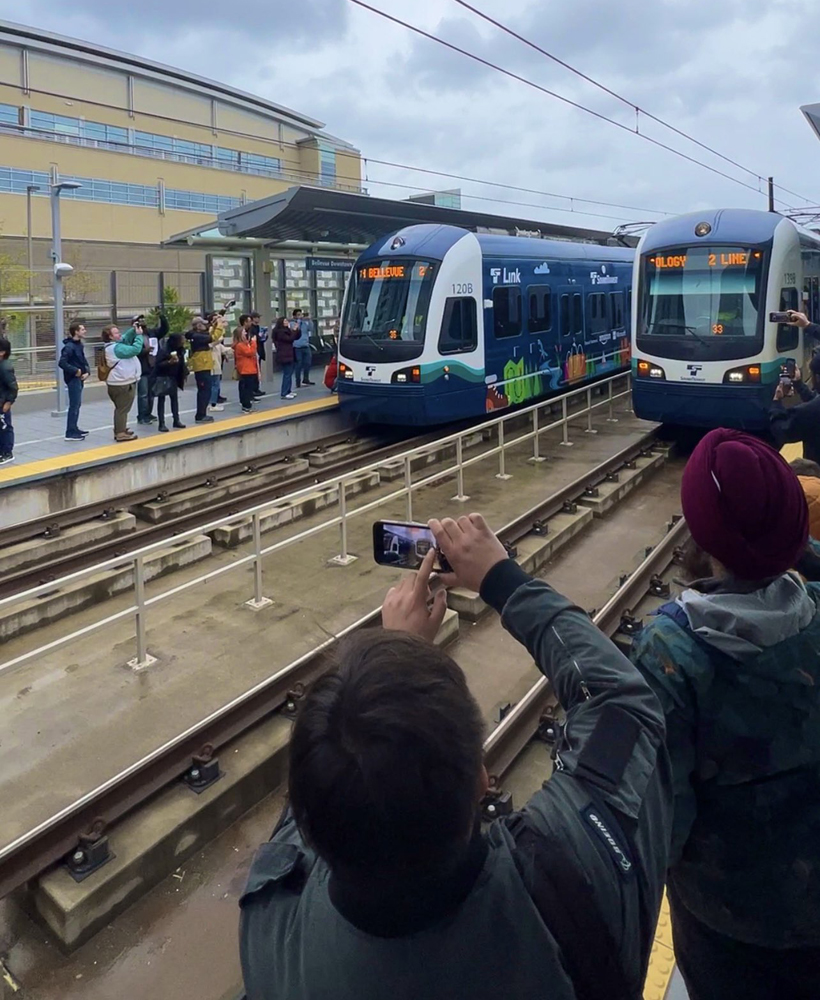
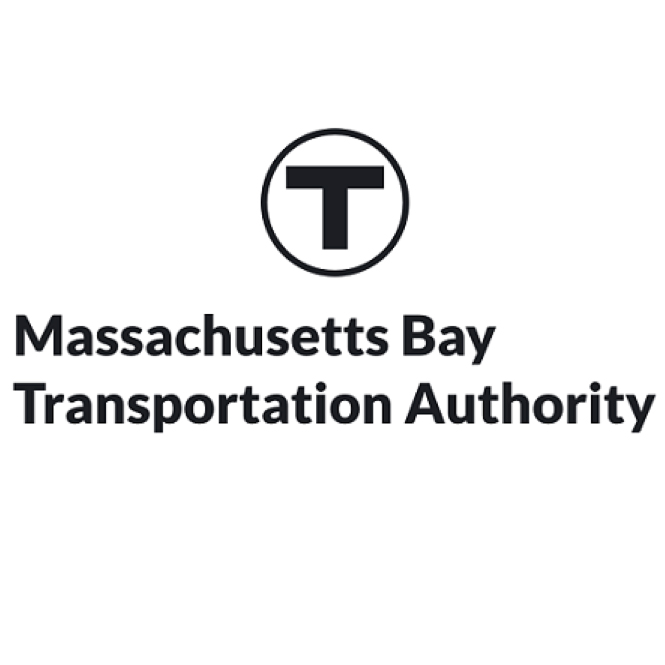




Correction if I may, the Capitol Limited isn’t operating with two coaches at the moment, it is currently operating with just one coach. That’s right only one Superliner coach!!!!! That is why coach seats are next to impossible to find on the Capitol Limited. A second sleeping car has been added to the train, but that came at a cost of pulling one sleeping car from California Zephyr, allowing a severe constrain of room space for that train.
Well, let’s hope that Amtrak increases capacity! I used to enjoy long-distance sleeping car journeys. I would like to take a trip or two now that COVID is pretty much over, but the cost of a sleeper is crazy! If you want to charge me that much for a roomette on the Coast Starlight, then bring back the Pacific Parlor Cars! For what Amtrak wants to charge, I would expect the amenities that VIA-Rail Canada offers 1st class passengers!
How do the State-Supported operations compare to Amtrak’s Long-Distance philosophy? As a simple trackside observer, I’m seeing what I believe is an increasing interest in short-haul passenger trains. In-State or “Next Door State” service. Half-day rides. I recently got a lecture from a railroad Network Manager showing me the large holes that Long-Distance passenger punches in freight capacity. He claimed that short-haul passenger is easier to work into the plan. As for me, it seems that with the stresses happening to airlines, passenger rail could make inroads into their regional business.
It’s my understanding that a big part of the problem is a large number of cars in need of repair and / or refurbishment, and lack of staff to do so. Does anyone know the current numbers?
Also, whether Amtrak has stopped rewarding bosses for damaging its service?
A broad range of business management experts and marketing strategists will posit that any business that has a low-single-digit share of the market doesn’t have a viable business model unless the products or services being provided are so unique and immune to substitutes that they can fetch a significant price premium. That isn’t the case here except for the relatively small number of customers who have no other means of long-distance transportation available to the for whatever reason. Classically, there are three rational approaches to this dilemma:
1 – Exit the business;
2 – Invest in human and physical capital to capture a larger market share, thus offering a better product/service using the same model but spreading fixed and variable costs across somewhat more customers;
3 – Introduce technological change and/or fundamentally change the business strategy and model.
For more than 3 decades, I’ve advocated that Amtrak’s long distance services be reconfigured as a hub-and-spoke network consisting of viable city pairs. This is where the market is, in my view. If you want to go by train from say LA to Chicago, sure, but you’ll have to change trains someplace at least once. But, when you change trains you’ll find that there are two or more daily frequencies operating along each city-pair segment, such that the consequences of a missed connection are mitigated by shorter intervals between scheduled departures (i.e., more frequency service). Moreover, an existing service that is not attractive to local and regional travelers along the route because of poor timekeeping reliability will instead have much more reliable service if it’s operated as a city-pair corridor. Why? Greater service frequency and simpler to manage.
Where has the growth been in Amtrak’s route network over the past, say, 40 years? City-pair corridors. By linking city-pair corridors together you create a much more viable and robust national passenger rail network that serves all the existing stations plus potentially some new stations and with more service and greater reliability. (Yes, it will require an infusion of working capital, improved physical faculties, more rolling stock and more staff. What is the alternative? More of the same? More of the same does not work in my opinion, no matter how much one rearranges the deck chairs.
I have not ridden a long distance Amtrak train since the cut back in capacity and service has happened. While I have ridden in the northeast and other shorter routes, I always liked riding the overnight trains in a sleeper car. With the cutbacks and high fares I don’t know when or if I will ride on those trains again. I am now retired and should be a prime long distance train rider. When I worked I used long distance trains for work as well as pleasure. They do serve a prime reason for Amtrak to exist. They serve both big cities but also many smaller towns were Amtrak may be their only public transit service for inter city travel. The management needs to be held accountable for refusing to serve this market by limiting capacity. Less emphasis on bonuses and more reward for increasing ridership on trains regardless of distance traveled. Congress will be more willing to fund new cars and expanded service if Amtrak serves the whole country not just the northeast or other short haul points between bigger cities.
I have read a number of the articles claiming Amtrak’s cost accounting is flawed. Not a single author had access to Amtrak’s accounting records, and without that access, they simply don’t know what they are talking about.
I am a retired CPA. I would have lost my license if I made a claim about an organization’s accounting policies, procedures, and practices without access to the organization’s books.
PAUL — Different standards for licensed and unlicensed. As a PE, I have to be very careful what I say about an engineering design. A non-PE (such as my wife) can say anything he or she wants to.
Amtrak does not open their books to independent auditors, this is true. So how is it that so many critics can say with certitude that their cost accounting is flawed? Here are three reasons:
1. Individual pieces of data are occasionally shared with consultants, advocates, government agencies, etc.; and these can be quite curious. For example, how is it that stations in the deep south have been charged for snow removal? The reasoning within Amtrak is that trains that originate in the south terminate in the north, and snow removal is a system expense, so stations in the south should have to pay for snow removal. But if the entire long-distance network went away, stations in the northeast would still have to pay for snow removal. The same goes for nearly all other “system expenses” too. Thus, eliminating the entire long-distance network would not improve the bottom line for the northeast.
2. Officials from Amtrak have at times stated point blank that the long-distance trains are not the problem. For example, Graham Claytor has been widely quoted by some as having stated that the ‘long-distance trains run in the black’.
3. Railroad financial data filed with the ICC in the years immediately before Amtrak actually had a few trains showing 80% cost recovery according to ICC methods of accounting (not GAAP). That was in the days of full-crews that changed every 100 miles, and that was also using steam heat. Amtrak has done very well at eliminating those inefficiencies. How could they be doing worse than some of the railroads were able to do?
David Carleton: Where do you get your information? Amtrak certainly does open its books to independent auditors. They use the international CPA firm Ernst and Young. They have recently completed their work on the financial statements for the Fiscal Year ending September 2022. The idea that Amtrak financial records are wacky is as bad as Facebook. You may not like it because it causes your beloved LD trains to show poorer performance, but it is the accounting method Amtrak uses like it or not.
You misunderstand. I was simply listing some of the more common reasons why this speculation about Amtrak’s books will not be going away any time soon.
My beloved Long-Distance trains died in 1970.
When you have a unique product with little or no competition, limiting the available product will cause the price to soar with little effect on the expenses.
More profit for the company, bigger bonus to the execs.
In addition, top Amtrak executives received six figure bonuses last year for meeting certain fiscal goals that most often involve reducing losses. So how do you reduce losses in a business like Amtrak — reduce service and headcount. That ensures your bonus
How can you say that Amtrak has little or no competition? 99.5% of the market of intercity travelers use the competition. Amtrak is losing big time against the competition.
Reading this story, on top of the other fine stories this year by Bob Johnston, should be sufficiently sobering to encourage clear thinking:
1-To realize nothing will change until after the 2024 national elections.
2-If we are fortunate the American voter will be sufficiently awakened and throwout of office the patsies, moochers, and pretenders from Biden on down. If so, the new regime must immediately demand:
a) A detailed external audit to review and validate all assumptions of cost allocations as signed off by management and Board, under threat of federal perjury. Certainly this inquiry should include why the states along the NEC are not required to pay up for twice per hour intercity trains between Boston-Washington, almost half the required distance per PRIIA to justify a free ride.
b) Detailed itemization of all costs associated with management/Board decision to state-supported corridors; also, in reaction to the Pandemic, including: to layoff/buyout of seasoned employees; recruitment, orientation, and training of new/replacement staff; cancellation of trains/short consists (e.g., revenue losses).
As no viable business deliberately manifests such a consistent historical path of such a pathetic lack of common sense; unable to even define its market, let alone to embrace Carpe Diem, the taxpayer should not be forced to fund this fiasco known as Amtrak. Competent railroaders as Reistrup, Claytor, and Gunn
and their experienced Board members are no longer in attendance.
How can this ludicrous failure be justified to continue in its current business model?
Hate to break your bubble, but Democrats almost always support passenger rail and public transit and Republicans rarely do. The facts speak for themselves.
In FY22 the long-distance trains had an operating loss of $347 million compared to operating profits of $250 million for the NEC and $9 million for the state corridor trains.
Beginning in FY22, Amtrak reported the system fixed costs for each of its three service lines. On a fully allocated cost basis, the long-distance trains lost $563 million and the state corridor trains lost $$185 million. The NEC had a profit of $1 million.
The NEC wears approximately 38% of the system fixed costs while the long-distance trains drive 33% and remainder falls on the state supported trains.
Whether adding additional cars and staff to the long-distance trains would improve the financial outcomes is problematic. They have never covered their operating costs let alone the fully allocated costs.
Based on the financial outcomes, the best option for the long-distance trains would be to discontinue them. Passenger trains make sense in relatively short, high-density corridors. This is where the nation’s limited resources should be focused.
Paul:
I hate to break the news to you but Amtrak accounting is so opaque and screwed up that no serious follower of Amtrak believes any figures published by Amtrak. Go read any number of Trains mag articles and newswire stories by Bob Johnston and others over the past few years to see what the issues are.
Yes the NEC can show a profit (excuse my coughing) when some of the snow removal costs in the NEC are allocated to the Amtrak station in Miami:-(
This is all not difficult to understand. Simply put, at the most elementary level, nothing has changed. The law which created Amtrak was written in 1970, based on data through 1969. The Metroliners were finally coming on line, but at the same time the original California Zephyr “America’s Train” was discontinued! Such an embarrassment.
From their point of view in 1970 the most important objectives were to avoid any more acrimonious California Zephyr type train-off hearings, and find a safe home for the Mertoliner program. And the data up through 1969 could be easily interpreted as indicating that the long distance trains would be gone within three years regardless, due to lack of patronage. Too bad nobody noticed that 1969 may well have been the ‘bottom’ year for train travel. The interstate highway network was nearing completion, and the airports and airliners were still fresh and new. They would soon be clogged with traffic.
Now here we are over half a century later, and Amtrak is still fulfilling its mission to 1) protect the NEC as if Nothing Else Counts; and 2) save train travel from all the ills of 1969, but of course with the expectation that they will somehow all be gone in three years regardless. That’s why you could come back in April of next year, or April of the year after, or any vantage point, really, and the outlook will be exactly the same.
Amtrak is the unwanted and hated “hated ” stepchild of the federal government. Born out of the ashes of abandoned passenger trains of the private railroads who didn’t want to have anything to do with money losing passenger trains the problem was unloaded onto the federal government who also didnt want to be saddled with this troublesome child but was forced to take it under its wing and hoping that it would die away. It didn’t happen as plenty of folks still travel by train in this country. So Amtrak soldiers on stuck between political hacks and bunglers running or not running the system who don’t know anything about a railroad or its purpose and operation and management types who make lousy decisions with regards to equipment purchases and poor route and schedule planning and the new very ” green” rookie work force now being hired to replace the experienced railroaders who were furloughed or laid off during the pandemic and not coming back to work for Amtrak or other workers who retired after years of good and faithful service to the trains and lines they served. There is an old saying ” The more things change,the more they stay the same” this saying can be applied to Amtrak today. A very sad commentary on our passenger trains which was at one time the gold standard of travel and the envy of other nations of the world who now have the best trains and service in the world
Joseph C. Markfelder
I concur with Mr.Landey.
I’ll second that! No Amtrak management doesn’t care. But no one in DC who has the power to kick out those clowns, especially the sleazy slimy Stephen Gardner and Anthony Coscia, cares either.
Where is SecTrans? Where is the FRA administrator? Where is “Amtrak” Joey? I think we know the answer to that.
Maybe the real answer is for the true long-distance corridors to be separated as a distinct operating division from the NEC so that congress can properly fund the mandated National service and riders of the NEC trains can pick up their weight in running their trains. I know a lot of people who have ridden Amtrak across the country many different times only to respond that it is being operated as a “got to do it but we don’t want to” operation instead of maximizing that class of rider who is willing to make those trips and pay a little more for the scenery and leisure but can’t because occupancy slots are not available.
Johnson hits the nail on the head. The current “airplane trained” management team of Amtrak has little ability to market or monetize the available market when their only focus is the low hanging fruit of the Northeast Corridor at the expense of everything else. Anybody who thinks they can run a railroad like an airline is just plain wrong or stupid, your choice on the answer!
Both
As someone who is involved with Amtrak on the daily, I can tell you it feels like the airline model continues. If you only have 100 coach seats 25 rooms and you sell them out daily….look at that! We are 100 percent capacity! Lets just not mention that we removed a coach and a sleeper, and a crew dorm, and a baggage car….lot’s of misdirection. Not really sure why the baggage cars were removed from select long hauls….I have my own theory. The BOD says cars will be moving out of Bear and Beech Grove starting late FY23. I am holding my breath on this.Thanks to some people at the senior level who at least brought back full dining for all passengers. Now if we can just get those lower level tables in the Superliner lounge open. They are supposed to be open. I know this for a fact.
“Where’s “Amtrak Joe” (Biden) and why hasn’t his Tsp. Secretary, ‘Mayor Pete’ “fixed” Amtrak yet? (Pardon my “Good Friday” rant ….).
One does wonder how much longer Amtrak’s long-distance services will continue to limp-along until one day it’s LD operation is so broken and dysfunctional that it simply “ceases to exist.” Something about the old adage/quote about “things continue on until they no longer can…” comes to mind in reading these seemingly never-ending Amtrak issues and travails.
whether or not it is true that “nothing will change”, the work
that Mr. Johnson is doing in the pages of Trains and in the
newsletters has great impact and meaning. his work is read
by congressional staff people, by railroad professionals, by
passengers and amtrak employees. through the years, there
have been meaningful improvements effected by many of
these folks – and those improvements might have been spearheaded in part by Mr. Johnson’s columns. even if they
were not, Mr. Johnson’s consistent use of facts to point out
alternate ways to solve some of amtrak’s challenges at least
provides a baseline for constructive action. this is a refreshing and useful change from much of
rail writing today.
Bob Johnson is a treasure! The best train writer in the business and my only reason I subscribe.
As a customer in the west, I feel Amtrak, long distance, trains, schedules, and new routes have languished at the expense of our air and traffic problems to the benefit of the northeast corridor. Thank God for regional transit, and some farsighted states to provide better service and more frequent service for its residence.
Much of Amtrak’s long distance passenger trains have the consist of Southern Railway’s Washington – Memphis “Tennessean” in its final years as a through train in the 1960s sans 4 baggage cars, an RPO/baggage, and 3 ‘high speed’ express box cars. But with only two coaches, a diner (between Bristol, VA and Knoxville, TN), and a lone lightweight stainless steel 14-4 or 10-6 Pullman sleeping car glistening in contrast to an otherwise weathered heavyweight consist.
I was at the recent Rail Passengers Association Spring Conference where Amtrak’s Director of Long Distance Services, Larry Chestler, said that 4 Superliner coaches had just been released from Beechgrove. A day or two later it was reported (on trainorders.com) that Amtrak #5 had been seen departing Chicago with 4 in-service coaches up from the normal 2. Assuming the 2 extra coaches came from the recent Beechgrove release I don’t know where the other 2 went. That was just one departure for #5 which yesterday only had two coaches (as seen on the Galesburg railcam).
They may have been in transit to somewhere else, but without specific documentation by “Untrak” there is no way of knowing what is permanent and can be counted on to that which is just a logistics movement to say “we did it!”
MESSAGE TO BOB JOHNSTON, THE AUTHOR:
Write two more versions of the same story, date them April 2024 and April 2025. Store them on your computer. Send them in one year from now and two years from now. I can assure you that nothing will change. It will be the same old same old.
BOB, all of us appreciate your insightful and highly readable journalism. You and Bill Stephens are the two most important persons now in the Kalmbach world, co-equal with the dearly departed J. David Ingles, David P. Morgan, and A.C. Kalmbach. We love your stuff and we love you. But quite frankly, BOB, we’re tired of the subject because it just keeps getting worse and no one is doing anything to make it better.
Amtrak management knows what’s going on. They can read your columns, BOB. They don’t care.